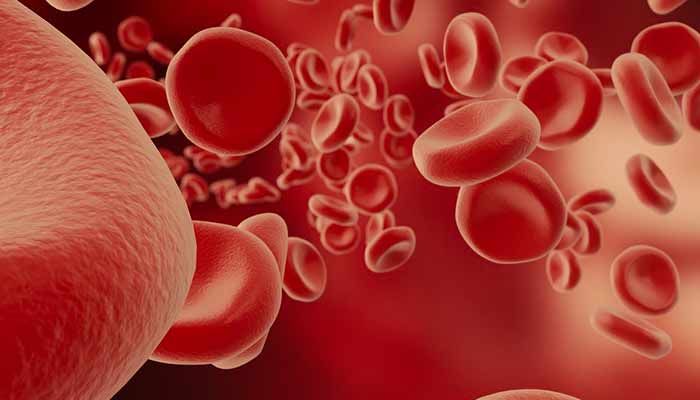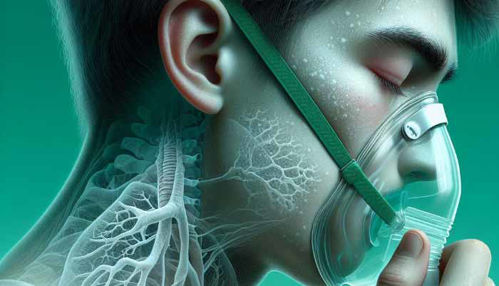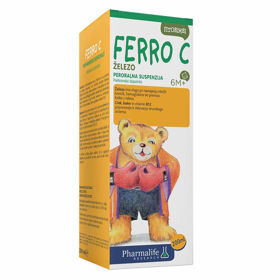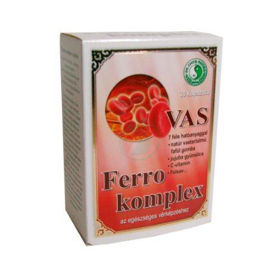Hemoglobin carries oxygen throughout the body. When you have low hemoglobin concentration, your body, and peripheral organs do not get the oxygen they need, which can cause various symptoms.

Hemoglobin (Hb or Hgb) is a protein in red blood cells that carries oxygen around the body. In most cases, the hemoglobin concentration, which is only slightly lower than average values, does not affect the general well-being. However, a low hemoglobin concentration causes symptoms, which in many cases may indicate anemia.
Low hemoglobin is generally defined as less than 13.2 grams of hemoglobin per deciliter (132 grams per liter) of blood for men and less than 11.6 grams per deciliter (116 grams per liter) for women. For children, the definition varies depending on age and gender.
Hemoglobin consists of a protein (globin) and a compound called heme, which contains iron atoms and a red pigment (porphyrin). This pigment gives blood its red color.
Hemoglobin's job is to carry oxygen around the body and carry carbon dioxide out of the body. This means that your body's ability to oxygenate directly depends on the hemoglobin in your body.
What causes a low hemoglobin concentration?
Low hemoglobin concentration is often associated with anemia, a condition in which you have an abnormally low level of healthy red blood cells. Anemia most often develops due to a lack of iron, which is necessary for forming hemoglobin - a condition known as iron deficiency anemia.
Low hemoglobin is also associated with pernicious anemia when red blood cell levels drop because your intestines can't absorb vitamin B12, and hemolytic anemia, when red blood cells are destroyed faster than they can be produced.
The following factors can also cause low hemoglobin concentration:
- Thalassemia is an inherited blood disorder that causes your body to have less hemoglobin than normal
- sickle cell disease and other genetic diseases also indirectly affect hemoglobin and its ability to transport oxygen
- deficiency of folic acid or vitamin B12
- systemic lupus erythematosus
- chronic kidney disease
- excessive water content in the body
- liver disease
- hypothyroidism
- bleeding
- malnutrition
- sarcoidosis
- types of cancer
What are the symptoms of low hemoglobin?
Some people with low hemoglobin may not suffer from obvious deficiency symptoms, especially if the concentration is only slightly below normal levels. However, others may experience symptoms later or when the condition becomes more serious. The consequences of low hemoglobin content are related to reduced oxygenation of the blood, as hemoglobin is responsible for transporting oxygen throughout the body.
Common symptoms of hemoglobin deficiency include:
- dizziness or fainting
- muscle weakness
- fatigue
- pale skin
- headache
How is the treatment of hemoglobin deficiency carried out?
Treatment of low hemoglobin is done by diagnosing the underlying cause. For example, if your hemoglobin level is low, your doctor will usually run tests to reveal that you may have iron deficiency anemia. In most cases, treating the underlying cause of anemia will increase hemoglobin levels.
A diet rich in vitamins and iron often helps preserve your red blood cells. Generally, a balanced diet emphasizing essential nutrients is the best way to maintain healthy red blood cells and hemoglobin.
Here are some suggestions:
- red meat (beef) and organ meats such as liver
- leafy vegetables such as kale and spinach
- Walnuts and dried strawberries
- lentils, beans, and peas
- fish
Interesting reading: Anemia signs












 Facebook
Facebook
 Instagram
Instagram
 info@moja-lekarna.com
info@moja-lekarna.com

